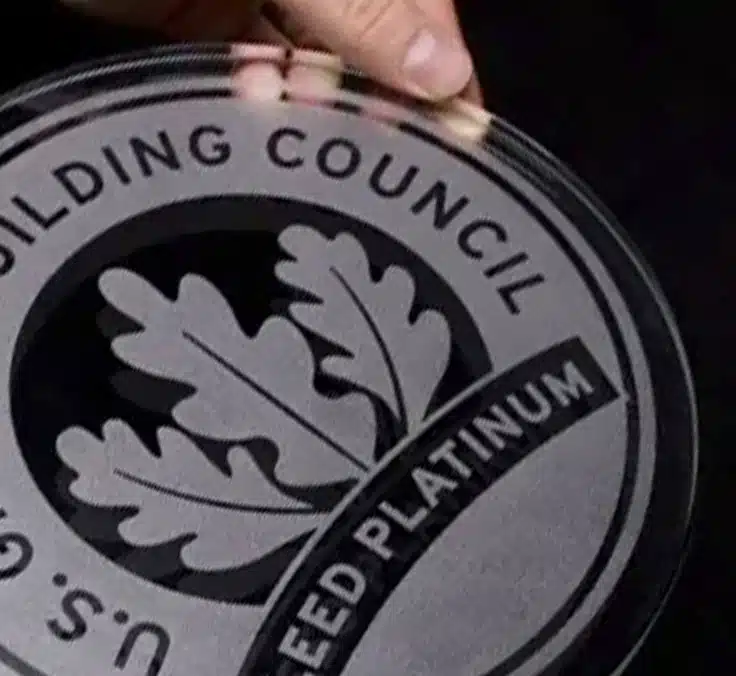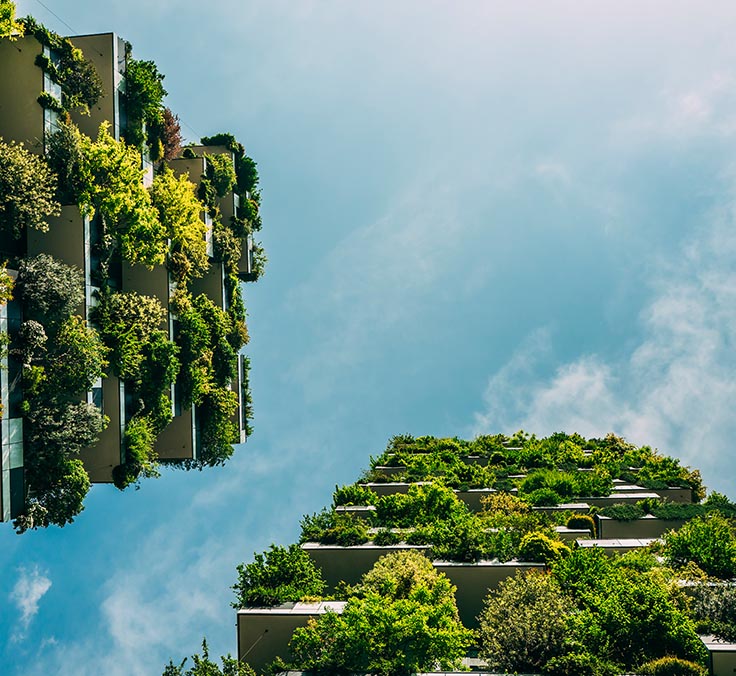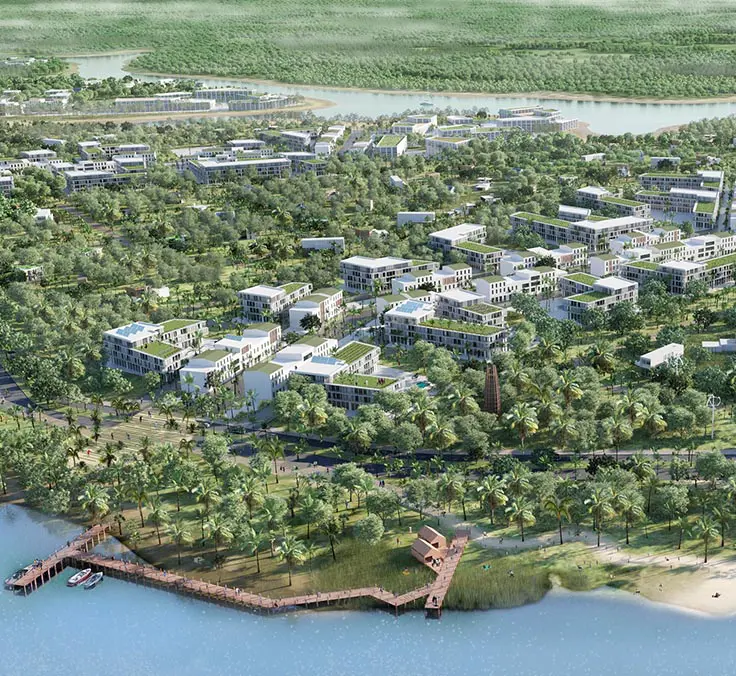SUSTAINABILITY| 13.06.2023
Sustainable buildings: designs that reduce energy bills up to 90%
Sustainable buildings are designed and built to maximize energy efficiency, minimize their environmental impact and provide a safe, healthy and efficient space for their occupants. At MAPFRE, as part of our Corporate Environmental Footprint Plan 2021-2030, our objective is to obtain Sustainable Certification of 50% of the area of our main offices and holdings by 2030.
These buildings seek to maximize efficiency in energy and water usage, reduce waste and greenhouse gas emissions, use renewable and non-toxic materials and resources, and to minimize the negative impact on the natural environment.
In addition, this type of building also focuses on the well-being and health of its inhabitants, by optimizing the interior air quality, natural lighting, temperature and humidity control, and the selection of healthy materials and finishes.
This type of sustainable building is a response to the global challenge of building more responsibly and with more awareness of the environment and society, ensuring a better quality of life for the people who inhabit them.
Passive Houses: more efficient homes
When we’re going to build a new home, it is best to consider the option of building passive houses, also known as “nearly zero energy consumption houses”, which are buildings designed and built to minimize energy use and reduce their environmental impact.
These houses are characterized by having a high level of thermal insulation, excellent sealing, high performance windows and doors, and a heat recovering mechanical ventilation system.
The objective of these buildings is to reduce energy needs for heating and cooling, keeping the interior temperature comfortable with the use of passive energy sources, such as solar lighting, heat generated by home appliances and human respiration.
In passive houses, energy consumption is dramatically reduced, in some cases up to 90% compared to conventional houses. In addition, by using renewable energy sources and reducing the demand for energy, these houses contribute to reducing greenhouse gas emissions and protecting the environment.
In brief, passive houses are an innovative and sustainable way to construct buildings that are comfortable, healthy and energy efficient.
Building Renovation
If you want to improve the energy efficiency of an existing building, there are companies that specialize in sustainable building renovation. Renovating a house to make it more sustainable is a task that requires careful planning and a series of changes that could run from small improvements to a complete renovation of the home.
Steps to take to sustainably renovate your home.
- Conduct an energy audit: Before starting any renovation work, it is important to understand the current status of the home in terms of energy efficiency and consumption. An energy audit may help to identify the weak points of the home and the changes that could be made to improve their energy efficiency.
- Insulate the house: Insulation in the walls, roof and floors of the house is key to reducing heat loss in winter and keeping cool in summer. The use of high quality insulation materials and the elimination of thermal flow deviation may help reduce energy consumption for heating and cooling.
- Improve windows and doors: A home’s windows and doors may be responsible for a large amount of heat loss in winter and heat gain in summer. Replacing windows and doors with more energy efficient models can significantly reduce energy consumption for heating and cooling.
- Use renewable energy systems: The installation of solar panels, wind or geothermal energy systems may be options to reduce dependence on the electrical grid. These systems may be a long-term investment that, as they amortize, can contribute to reducing energy costs and the carbon footprint.
- Use sustainable materials: When renovating or updating a house, it is important to choose sustainable materials such as wood, natural stone, brick, non-toxic paints, etc. These materials are not only more respectful to the environment, but may also improve the health and well-being of the occupants.
The renovation of any building to make it more sustainable may require a high initial investment, but it is an effective way to reduce the environmental impact and long-term costs. The key is careful planning and seeking the advice of experts in energy efficiency and sustainable construction to get the best results.
At MAPFRE, as part of our Corporate Environmental Footprint Plan 2021-2030, our objective and commitment is to obtain Sustainable Certification of 50% of the area of our main offices and holdings by 2030. To do this, we include environmental criteria in the design, construction, and refurbishment of our buildings and facilities, opting for the best construction solutions with the lowest impact on the environment that are compliant with the strictest sustainable construction quality standards.
RELATED ARTICLES:




